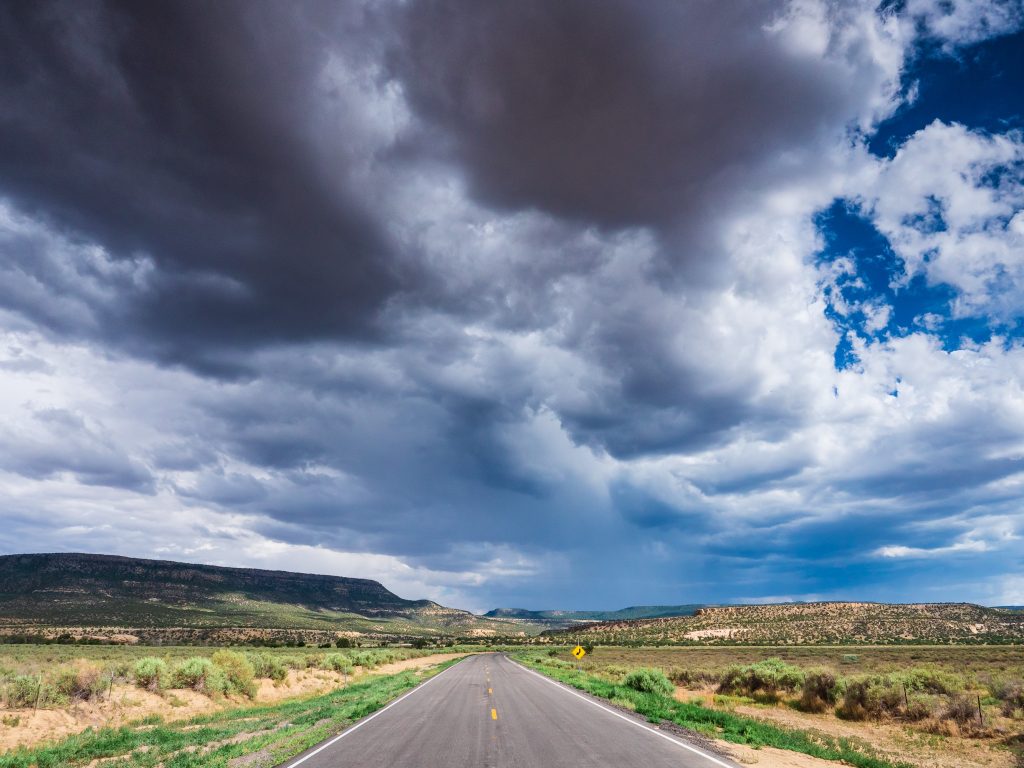In her latest historical fiction novel Come Down Somewhere, Jennifer L. Wright tells the story of two young women coming of age during the Trinity nuclear bomb test in 1945. In the Q&A below, she shares how she came to write this novel and what she wants her readers to walk away with after reading this book.
What is it that you enjoy about coming-of-age stories?
The transition from childhood to adulthood is paramount in our own personal stories. I think all of us can point back to specific instances from that time period in our lives that still, to this day, define certain aspects of our personalities. So much is changing within us at that age—not just physically but emotionally, mentally, and spiritually—that any outward changes, be they in personal circumstances or the world at large, have a profound impact on our development. For instance, I was an eighteen-year-old college freshman living away from home for the first time when the September 11 attacks happened. It was an event that absolutely changed our world but for me, because of the age I was, really seemed to mark a distinct end to my childhood. I find it a fascinating topic to explore in the realm of historical fiction—taking real-life history and coupling that with such a vulnerable time in my characters’ lives.

What about the Trinity nuclear bomb test led you to write a novel about it?
My family and I moved to southern New Mexico in 2014, and we actually live less than a hundred miles from the Trinity test site. It’s a fascinating part of history I don’t believe is talked about enough, especially when you factor in the human side effects that are still being felt over seventy-five years later. This isn’t just history; where I live, it’s present in many people’s everyday lives, and a great deal of them feel forgotten. I wanted to bring this story to the forefront and draw attention to the overlooked and underappreciated sacrifice of the people of southern New Mexico during World War II.
What sort of research did you do in preparation for this novel?
I read everything I could get my hands on about the Trinity test. Ferenc Morton Szasz’s The Day the Sun Rose Twice was an especially compelling read. The plethora of knowledge offered to me by the wonderful people at the Tularosa Basin Museum of History was invaluable. The most incredible part of my research, though, was actually traveling to the Trinity site and standing in the place where the world’s first A-bomb exploded back in July 1945.

What was the most challenging part of writing this book?
I have been to Hiroshima and seen the remnants of the bomb dropped there. Now I live in southern New Mexico, as part of a military family but also part of a community that is still feeling the effects of the test. Because of this, my own personal feelings about Trinity are very complicated. I don’t think it was all bad, but I definitely don’t think it was all good either. Attempting to honor both those who worked on the bomb, believing they were doing something that would win the war and save lives, as well as those living here who were affected in monumental ways through the choices of others, was an extremely difficult balancing act.
What do you hope readers walk away with after learning more about this moment in history through your story?
I hope readers have more of an awareness about what happened in the New Mexico desert in July 1945—about the unsung sacrifices of the people of this region and the sacrifices that are continuing to be made. But as always, more than anything, I hope readers walk away with a greater appreciation for the renewing and restoring power of Jesus. He is always and forever the answer to any question we have or circumstance in which we find ourselves.



